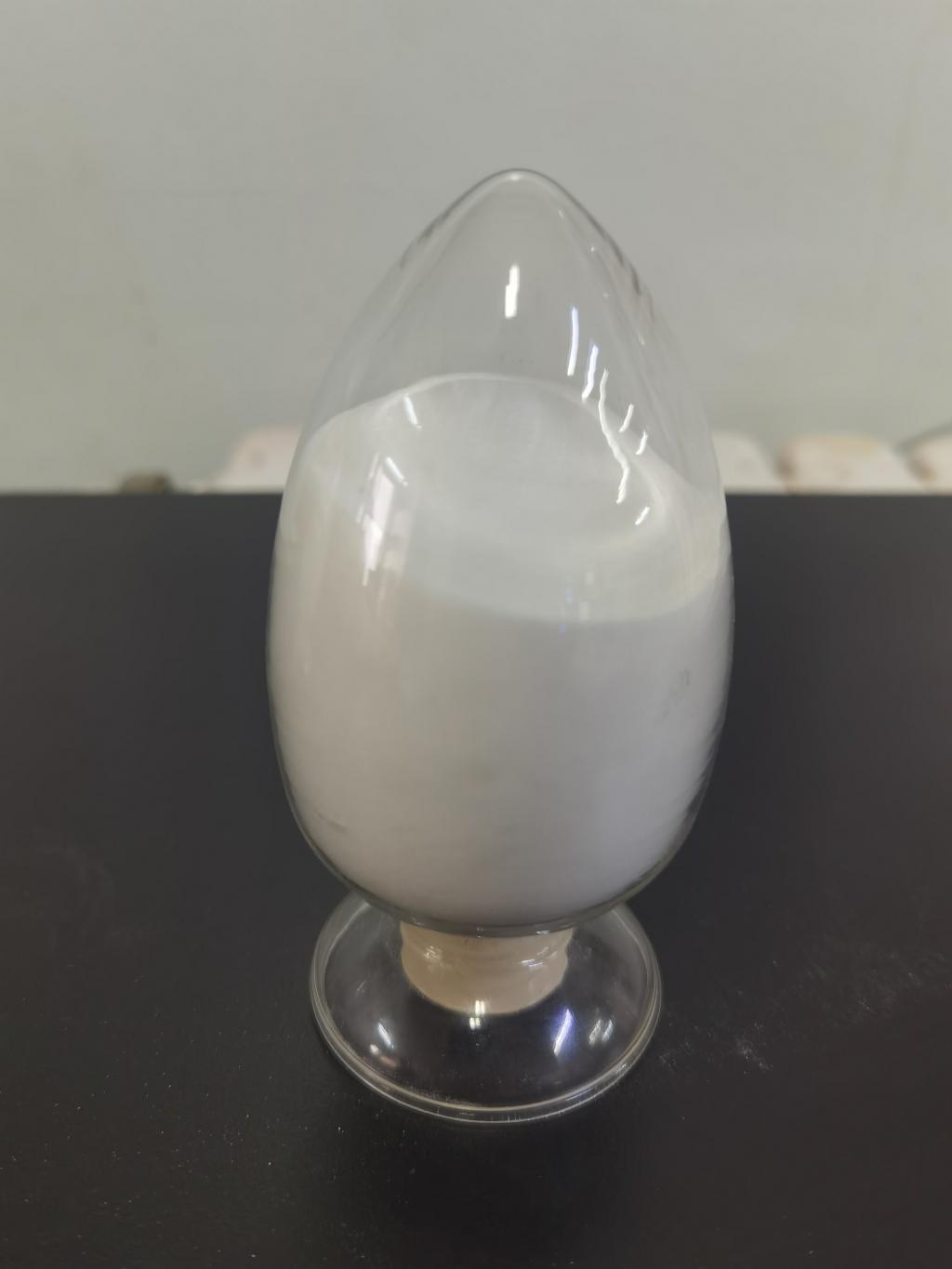Tel:0086 18231198596

News
Novel Approaches to Combatting Hospital-Acquired Infections: ε-Polylysine Hydrochloride
TIME:2024-01-22
1. Introduction:
Hospital-acquired infections represent a critical challenge in healthcare, contributing to increased morbidity, mortality, and healthcare costs. This article introduces the gravity of HAIs, emphasizing the need for innovative approaches to infection control. The focus shifts towards ε-polylysine hydrochloride as a potential game-changer in combating HAIs, providing a glimpse into its antimicrobial prowess and applications in medical settings.
2. The Challenge of Hospital-Acquired Infections:
This section provides an in-depth overview of hospital-acquired infections, including the types of pathogens involved, common risk factors, and the economic burden on healthcare systems. The discussion underscores the urgency of finding effective solutions to prevent and control HAIs, considering the limitations of current strategies and the rise of antibiotic-resistant strains.
3. ε-Polylysine Hydrochloride: An Innovative Antimicrobial Agent:
This section offers a comprehensive introduction to ε-polylysine hydrochloride, detailing its structure, production methods, and historical applications. As a naturally derived antimicrobial compound, ε-polylysine hydrochloride possesses unique properties that make it an attractive alternative to conventional antibiotics. The discussion will also explore its mechanism of action, emphasizing its effectiveness against a broad spectrum of pathogens.
4. Antimicrobial Properties and Mechanism of Action:
Understanding the antimicrobial properties of ε-polylysine hydrochloride is crucial for evaluating its potential in combating HAIs. This section delves into the mechanism of action of ε-polylysine hydrochloride, elucidating how it disrupts the membranes of microbial cells and inhibits essential cellular processes. The discussion will encompass its effectiveness against bacteria, viruses, and fungi commonly associated with HAIs.
5. Applications in Medical Settings:
This section explores the diverse applications of ε-polylysine hydrochloride in medical settings, ranging from surface disinfection to wound care. Case studies and experimental findings will be presented to illustrate its efficacy in different contexts within healthcare facilities. The potential role of ε-polylysine hydrochloride in medical devices and as a preventive measure against HAIs will also be discussed.
6. Comparative Analysis with Traditional Antimicrobials:
To assess the viability of ε-polylysine hydrochloride as an antimicrobial agent in healthcare, this section conducts a comparative analysis with traditional antibiotics and disinfectants. Comparisons will be made based on efficacy, safety, and potential resistance development. Understanding how ε-polylysine hydrochloride measures up to conventional methods is crucial for its acceptance and integration into medical practices.
7. Safety and Compatibility in Healthcare:
Safety considerations are paramount when introducing a new antimicrobial agent into healthcare settings. This section explores the safety profile of ε-polylysine hydrochloride, including toxicity studies, potential allergic reactions, and compatibility with medical equipment. Insights into its tolerability and potential side effects will be discussed, addressing concerns related to its use in healthcare environments.
8. Challenges and Considerations:
While ε-polylysine hydrochloride holds promise in combatting HAIs, challenges and considerations must be addressed. This section discusses potential hurdles such as regulatory approval, formulation challenges, and industry acceptance. Acknowledging and overcoming these challenges is crucial for the successful integration of ε-polylysine hydrochloride into medical practices aimed at preventing and controlling HAIs.
9. Future Directions and Research Opportunities:
As ε-polylysine hydrochloride emerges as a potential solution for HAIs, this section explores future directions and potential research opportunities. From optimizing formulations to exploring combination therapies and understanding its role in preventing emerging infections, the article provides insights into the evolving landscape of ε-polylysine hydrochloride in healthcare settings.
10. Conclusion:
In conclusion, ε-polylysine hydrochloride stands as a promising novel approach in combatting hospital-acquired infections. From its antimicrobial properties and mechanisms of action to diverse applications in medical settings, this article provides a comprehensive overview of its potential in the fight against HAIs. As healthcare systems seek innovative solutions to address the challenges posed by infectious diseases, ε-polylysine hydrochloride emerges as a valuable tool in the ongoing efforts to enhance infection control and patient safety.

 CONTACT
CONTACT




